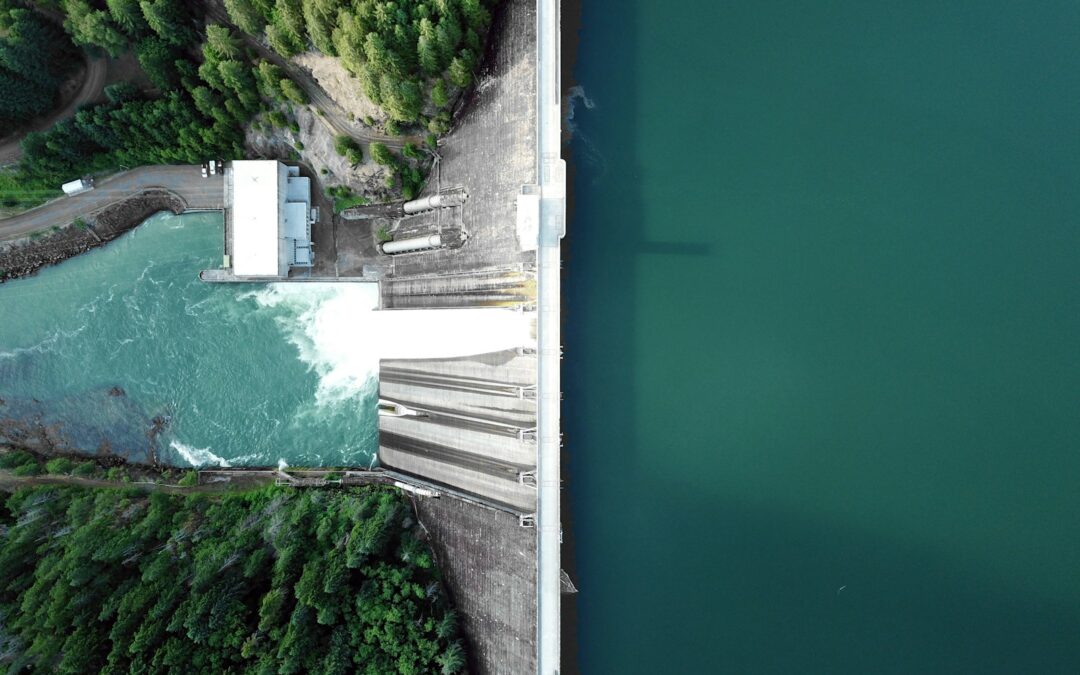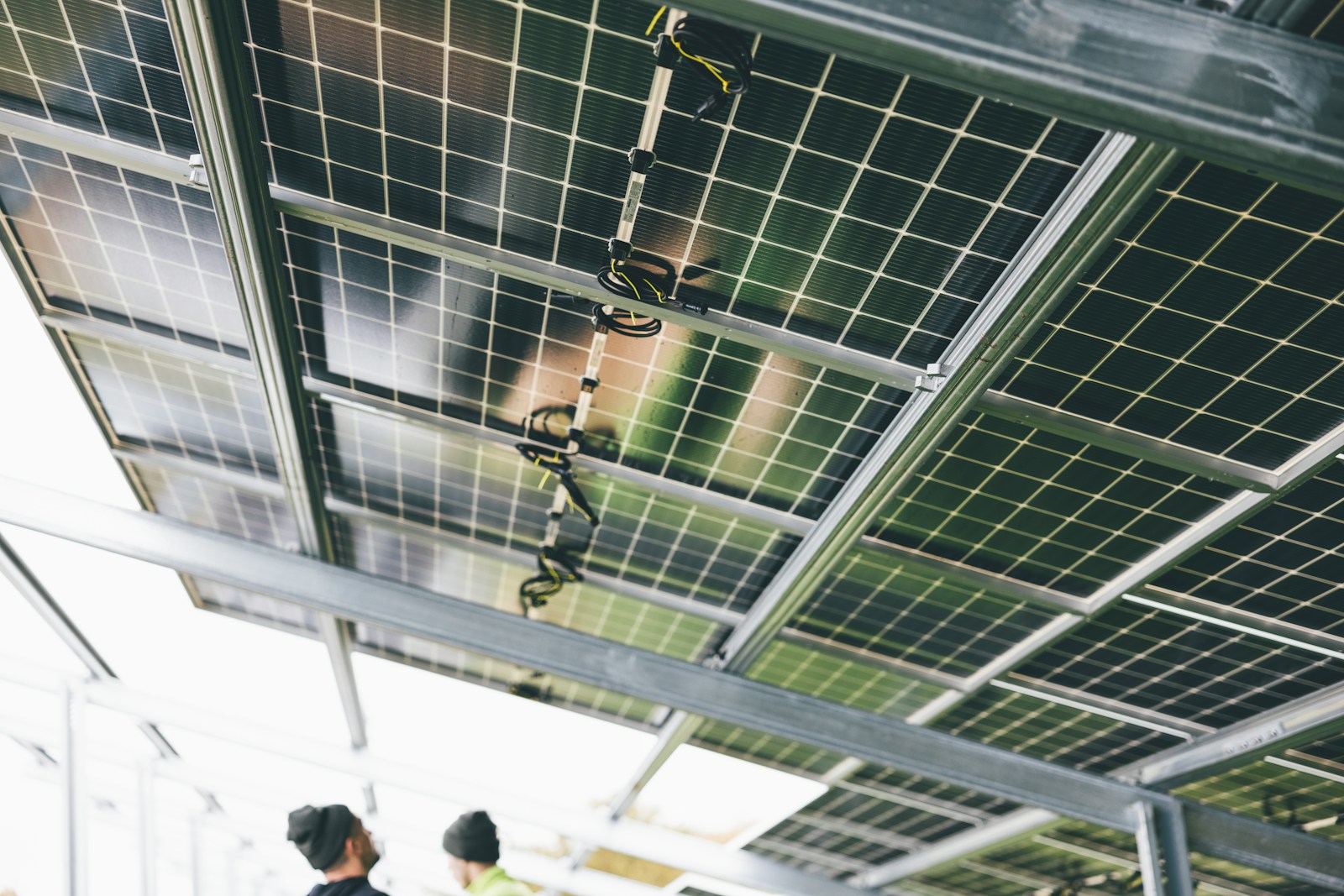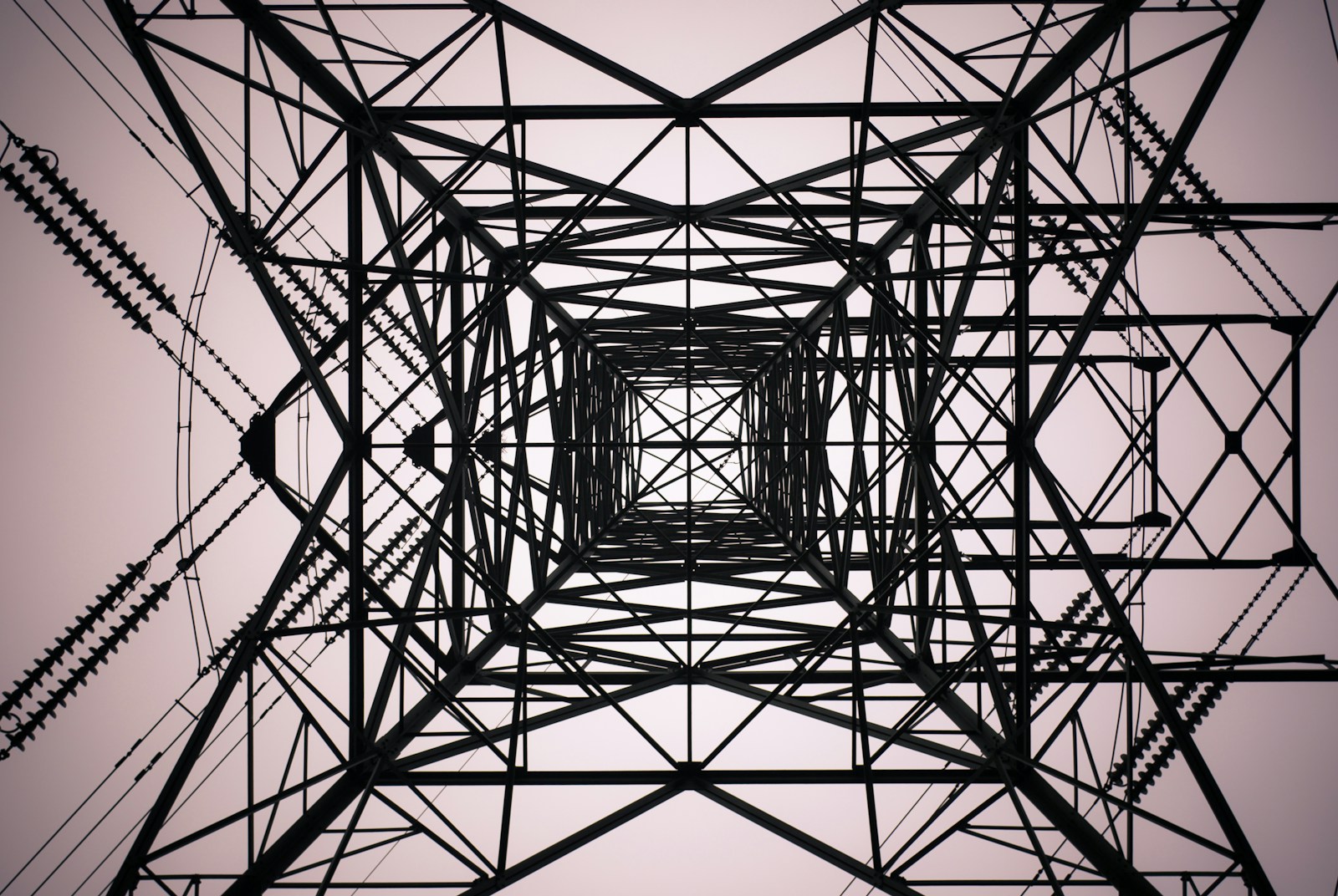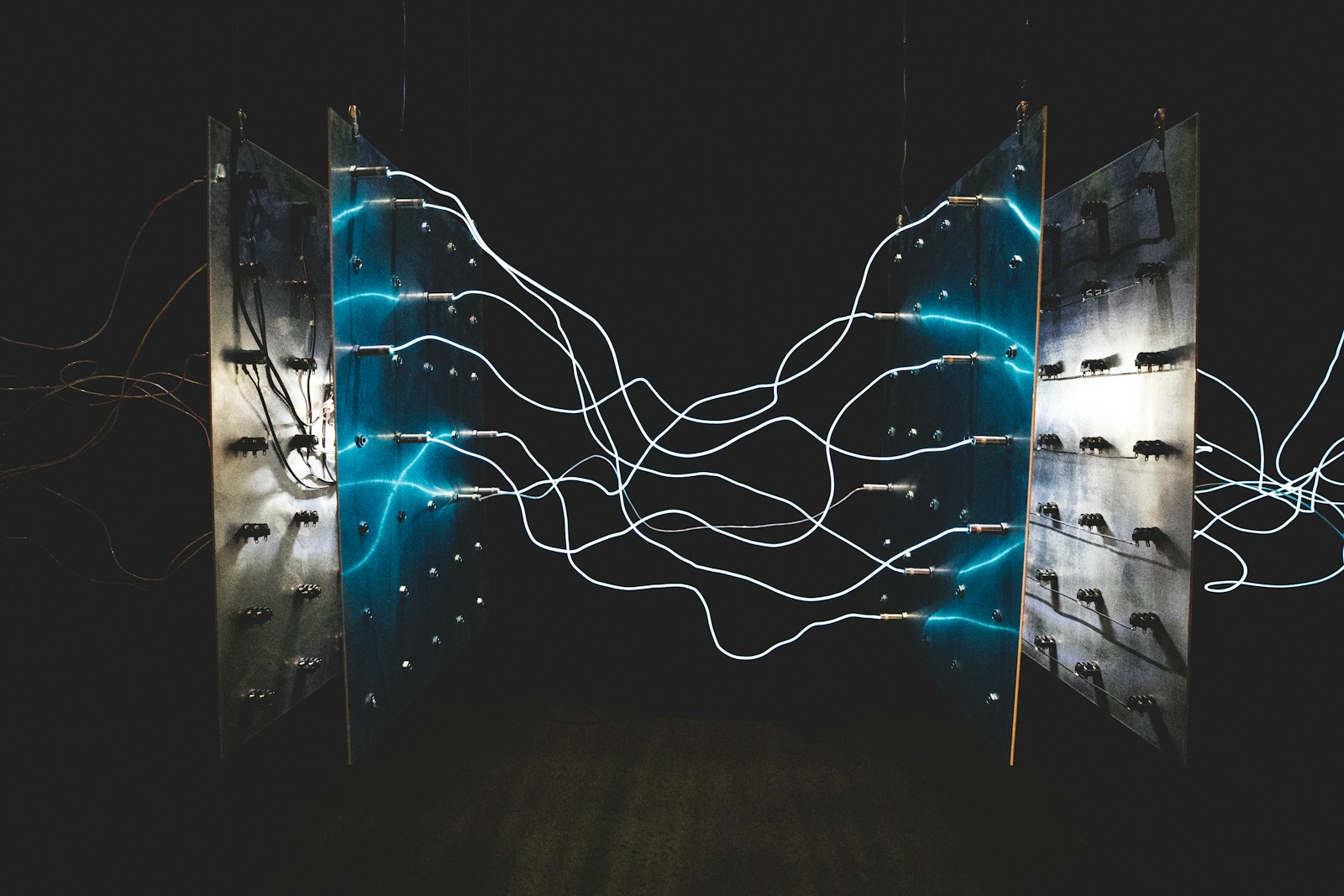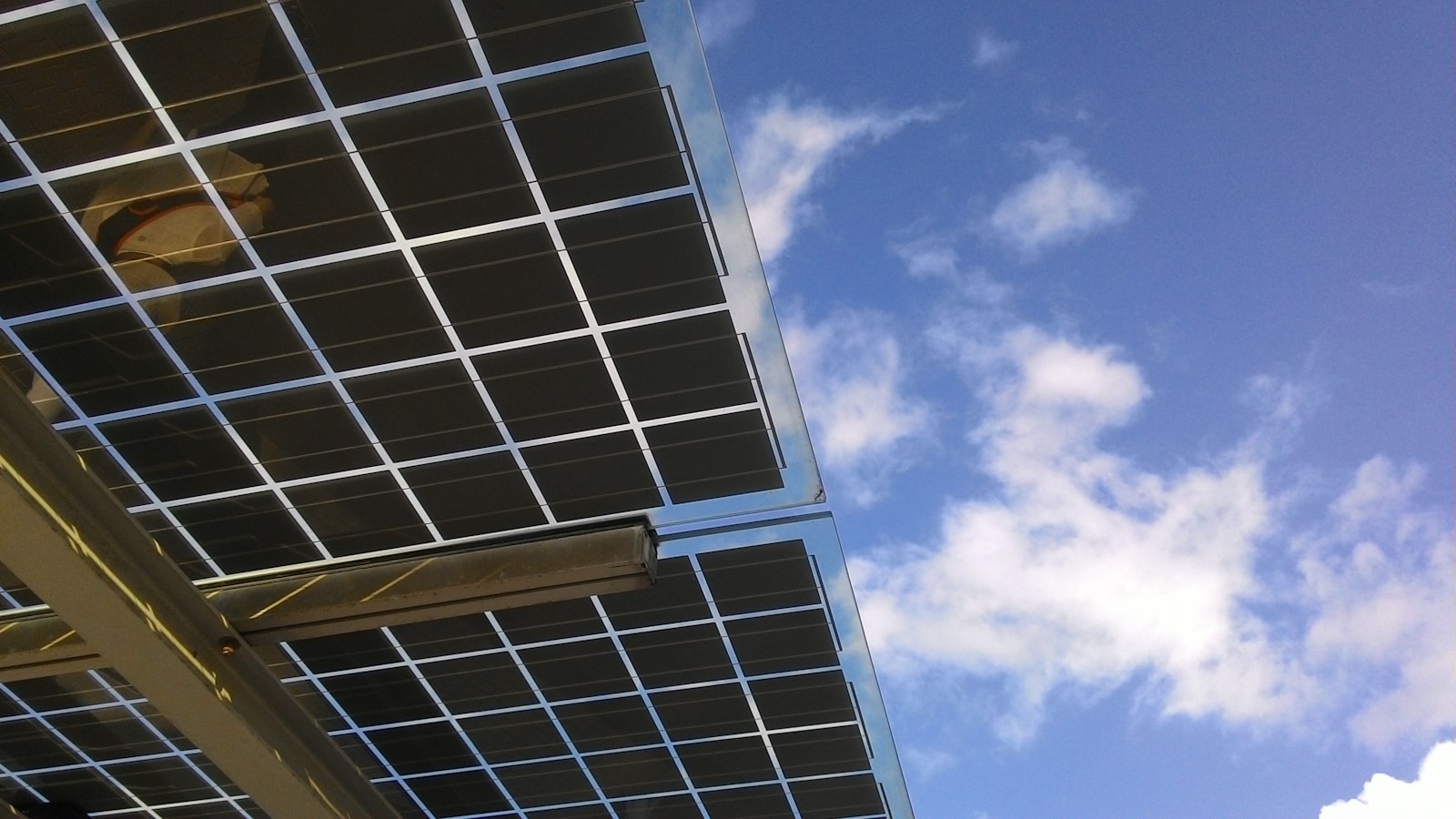Revolutionizing Power Grids through Digital Twins
Optimizing Renewable Energy Integration with Digital Twins
Digital twins are rapidly transforming how renewable energy sources are integrated into existing power grids. By creating a virtual replica of physical assets and systems, digital twins enable real-time monitoring and simulation of energy production and distribution. This technology ensures that renewable energy sources, such as solar and wind, are seamlessly integrated, enhancing the efficiency and stability of power grids.
In regions like Saudi Arabia and the UAE, where the push for sustainable energy solutions is strong, digital twins offer a strategic advantage. They allow grid operators to predict and manage the variability of renewable energy sources, ensuring a reliable supply. By using real-time data, digital twins can forecast energy production from renewable sources and adjust grid operations accordingly, preventing outages and optimizing energy flow.
Furthermore, digital twins facilitate the integration of distributed energy resources (DERs). These include small-scale renewable energy installations like rooftop solar panels and community wind farms. By modeling and analyzing the performance of these DERs, digital twins help in maximizing their contribution to the grid, ensuring that renewable energy is utilized efficiently. This capability is crucial for cities like Riyadh and Dubai, aiming to increase their renewable energy capacity while maintaining grid stability.
Enhancing Grid Stability and Efficiency
The application of digital twins in power grids goes beyond integration; it significantly enhances grid stability and efficiency. By providing a comprehensive view of the grid’s operations, digital twins enable operators to identify and address potential issues before they escalate. This predictive maintenance capability reduces downtime and maintenance costs, ensuring a continuous supply of energy.
In the context of smart cities, digital twins can optimize energy distribution by dynamically balancing supply and demand. For instance, during peak consumption periods, digital twins can predict surges in demand and adjust the distribution of energy from renewable sources to meet this demand. This ensures that energy is not wasted and that supply remains consistent, enhancing the overall efficiency of the power grid.
Moreover, digital twins can support the development of microgrids, which are localized grids that can operate independently from the main grid. These microgrids can integrate renewable energy sources more effectively, providing a reliable power supply to remote or underserved areas. In the rapidly developing regions of Saudi Arabia and the UAE, microgrids enabled by digital twins can play a crucial role in achieving energy sustainability and resilience.
Implementing Digital Twins: Challenges and Solutions
While the benefits of digital twins in renewable energy integration are clear, their implementation comes with challenges. One of the primary obstacles is the significant investment required in infrastructure and technology. Setting up digital twins involves deploying sensors, IoT devices, and advanced data analytics platforms, which can be costly.
Another challenge is ensuring data security and privacy. With the continuous flow of real-time data from various sources, protecting this data from cyber threats is paramount. Grid operators must implement robust cybersecurity measures to safeguard data integrity and prevent unauthorized access. Compliance with local and international data protection regulations is also essential to maintain trust and avoid legal complications.
To address these challenges, a strategic approach to implementation is necessary. This includes conducting a thorough cost-benefit analysis, engaging stakeholders, and developing a phased deployment plan. Collaboration with technology providers and industry experts can help in overcoming technical hurdles and ensuring a smooth transition. Additionally, investing in training and development for grid operators and technical staff is crucial to fully leverage the potential of digital twin technology.
Future Prospects of Digital Twins in Renewable Energy
Driving Innovation and Sustainability
The future of digital twins in renewable energy integration is promising, with significant potential to drive innovation and sustainability. As cities in Saudi Arabia and the UAE continue to evolve into smart cities, digital twins will play a pivotal role in creating more efficient, resilient, and sustainable energy systems. By leveraging real-time data and advanced analytics, city planners and energy managers can optimize resource usage, reduce carbon footprints, and enhance the quality of life for residents.
For example, digital twins can facilitate the integration of large-scale renewable energy projects, such as solar farms and wind parks, into the existing power grid. By continuously monitoring energy production and distribution, these technologies can optimize the performance of these projects, ensuring a steady and reliable supply of renewable energy. This aligns with the sustainability goals of cities like Riyadh and Dubai, which are committed to reducing their environmental impact and promoting green energy solutions.
Advancing Smart City Initiatives
In the broader context of smart city initiatives, digital twins can enhance urban planning and infrastructure management. By creating a comprehensive digital representation of the city’s energy systems, city planners can simulate various scenarios, assess the impact of new developments, and optimize the allocation of resources. This data-driven approach enables more effective decision-making and fosters the development of resilient and adaptable urban environments.
For business executives and entrepreneurs, the integration of digital twins in renewable energy offers numerous opportunities for innovation and growth. By adopting these advanced technologies, businesses can enhance their operational efficiency, improve customer satisfaction, and gain a competitive edge in the market. The continuous evolution of digital twins and their applications will open new avenues for business success and leadership development.
Conclusion
Digital twins are revolutionizing the integration of renewable energy sources into existing power grids. By providing real-time monitoring, predictive maintenance, and optimized energy distribution, digital twins enhance the efficiency, stability, and sustainability of power grids. For cities like Riyadh and Dubai, the adoption of digital twin technology aligns with their vision of becoming smart cities, driving innovation and improving the quality of life for residents.
Despite the challenges associated with implementation, the benefits of digital twins make them a worthwhile investment for business executives, mid-level managers, and entrepreneurs. By leveraging these technologies, stakeholders can optimize energy integration, enhance grid stability, and contribute to the development of smart, sustainable urban environments. As the technology continues to evolve, the future prospects of digital twins in renewable energy integration are promising, offering new opportunities for innovation and growth.
#DigitalTwins #RenewableEnergy #PowerGrids #Riyadh #Dubai #SaudiArabia #UAE #AI #Blockchain #Metaverse #ExecutiveCoaching #GenerativeAI #BusinessSuccess #LeadershipSkills #ProjectManagement

